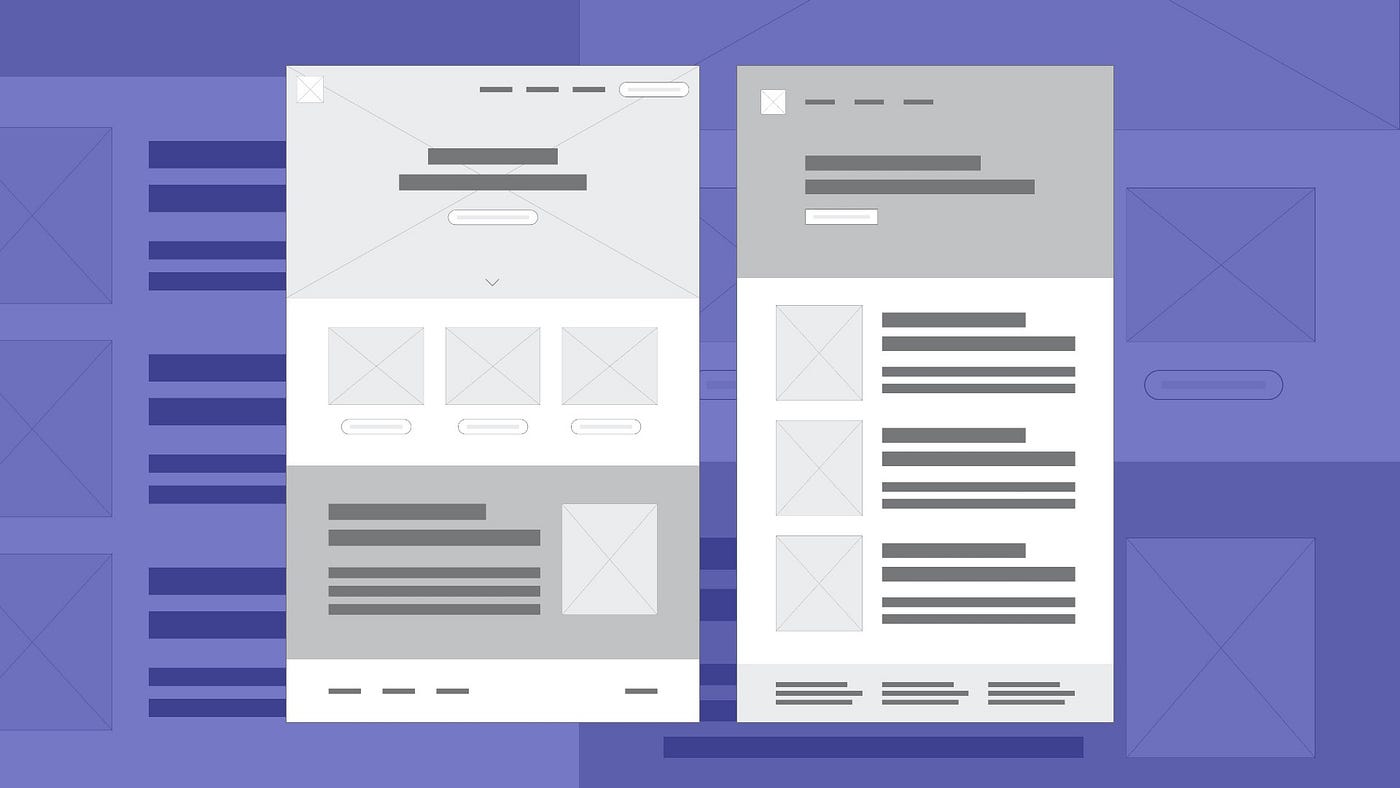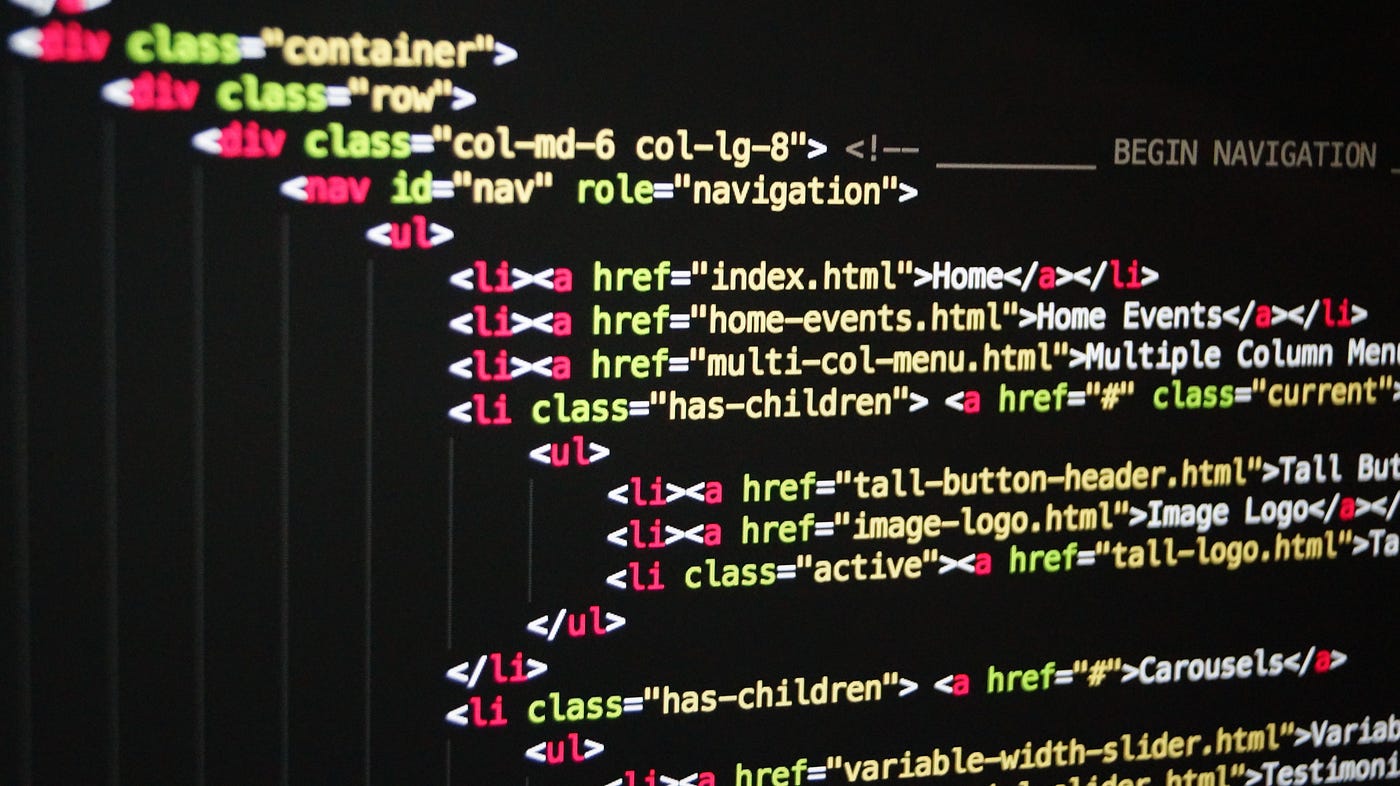Starting a New Career in Web Design
The Ultimate Guide to Beginning Your Career as A Web Designer
How to get started with actionable steps
![]()
Whether you're new to design or have been practicing for a few years now, you may have realized there are several specialties within a design career.
If you search for design roles on any job board site, you'll see various titles including graphic designers, production designers, visual designers, product designers, UX designers, UI designers, web designers, and many others.
It can be confusing and hard to know exactly what each role works on and which is right for you.
What is a web designer?
Let's start with a basic understanding of what a web designer is and what they do. A web designer is responsible for creating new websites from scratch and/or making updates to existing websites.
A web designer uses various software, tools, and technologies to create a functional website. They might also be tasked with designing navigational elements, using HTML and CSS code, incorporating SEO into websites, and updating and tracking website changes.
Specific tasks will vary depending on if you're a full-time web designer for a company or a freelance web designer who works on individual projects with clients. For example, the larger the company you work for, the more specialized the role. Whereas, the smaller the company, the more likely you are to wear multiple hats and own the design process from start to finish. And of course, as a freelancer, you can decide how to structure your web design process, the types of projects you work on, and the clients you work with.
What does a web designer do?
As a web designer, your job is to take your client or company's content (both visual and written) and organize it in a way that tells a story and achieves a specific goal.
You'll focus on the user experience first by creating low and high-fidelity wireframes to dictate what content goes where and the flow as a user navigates through the website. You'll design the navigation, a great first impression on the homepage, and always consider the mobile and desktop experience.

After nailing down the user experience, you'll focus on designing the user interface. You'll create dynamic color combinations, work with typography, create supporting graphics and icons, and mockup the final polished UI design. You may be designing these UI elements completely from scratch or working with pre-existing brand guidelines provided by the client.
Web design vs web development
You've probably heard the terms web design and development go hand in hand but they're actually distinctly different parts of the process. While web design focuses on the experience and visual aspects of a website, web development is the backend and requires more technical skills.
If you're solely a web designer, you'll focus on designing the visuals and then collaborate with a web developer to prep your final designs for web development. They will focus on the technical aspect of taking your assets and making the website work.
But just because web design and development are two separate parts of the process, that doesn't mean your job as a web designer is done when you hand off your assets and mockup. All along the website process, from design through development, both roles should collaborate and inform each other on key decisions along the way. Without good communication, the project may not get done in time and you may not achieve your client's goals.
Merging web design and development into one role
If you're a freelancer you can decide to take care of both roles, web design and development, which will make you more valuable to a client and allow you to charge more. One way you can add development to your web design services is to use a product like Webflow. It's an easy way for designers to design and develop a customizable website.
Core skills you need as a web designer
Visual design
Understanding the basics of visual design is key to being a web designer. You need to know design fundamentals like how to work with color, typography, how to use grids, establish hierarchy, and more. Knowing how to use these elements properly will help you create a beautiful and functional website.
UX
UX (User Experience) focuses on how a user interacts with a product like a website, an app, or even physical products like a TV remote or a car. The field of UX is wide and can range from UX researchers to UX designers. But for the purposes of web design, think of UX as how your website works, how information is organized, and how to guide your user to a specific outcome.
HTML
There are three "languages" that most websites consist of: HTML, CSS, and Javascript. They're all technically "languages," although HTML and CSS are not classified as true programming languages.
HTML (Hyper Text Markup Language) is the standard markup language for creating web pages. It consists of a series of elements that tell the browser how to display the content. Examples of HTML elements are headers, footers, paragraphs, links, images, and more. HTML is what search engine crawlers read when they index your website. HTML is crucial to every website project.

CSS
CSS (Cascading Style Sheets) supports HTML. While HTML tells the browser what content to display, CSS is the code that tells browsers how to format the style of the content. You can adjust the colors, change the fonts, add background colors, and so more with CSS. This is where all the fun comes in as you create a truly customized website experience.

Javascript (optional)
You can code your designs using just HTML and CSS only. Knowing Javascript is by no means a requirement for being a web designer and you can outsource it. But understanding the basics of what's possible with Javascript will help give you a huge advantage over your competition.
JavaScript is a scripting language used to create and control dynamic website content (anything that moves, refreshes, or changes on your screen without requiring you to manually reload a web page). Examples of Javascript in action are the Facebook timeline automatically updating or when Google auto-suggests keywords as you're typing a query in the search bar.
SEO (optional)
Another skill that's helpful to be familiar with as a web designer and help you stand out is SEO (search engine optimization). Understanding SEO will help you increase the quantity and quality of traffic to your website through organic search engine results.
Without traffic, no one will visit your website. Without quality traffic, no one will buy your product or sign up for your services. Typically SEO can be a separate role or service provided but again, understanding the basics will make you the optimal choice to work with (and another way to increase what you charge your clients).
Communication and client management
While communication and client management may be listed last, this by no means they're not important soft skills to have as a web designer. You'll need to have good communication skills for all the different people you'll be talking with throughout the web design process.
You need to be able to articulate your design decisions and explain the why behind your design solution. If you want to be a successful freelance web designer, learning how to communicate well and create good client relationships is key if you want to continue to be hired again. Cultivating good relationships will bring back clients and their referrals.
Starting a New Career in Web Design
Source: https://entrepreneurshandbook.co/the-ultimate-guide-to-beginning-your-career-as-a-web-designer-48d0231d5e8a
0 Response to "Starting a New Career in Web Design"
Post a Comment